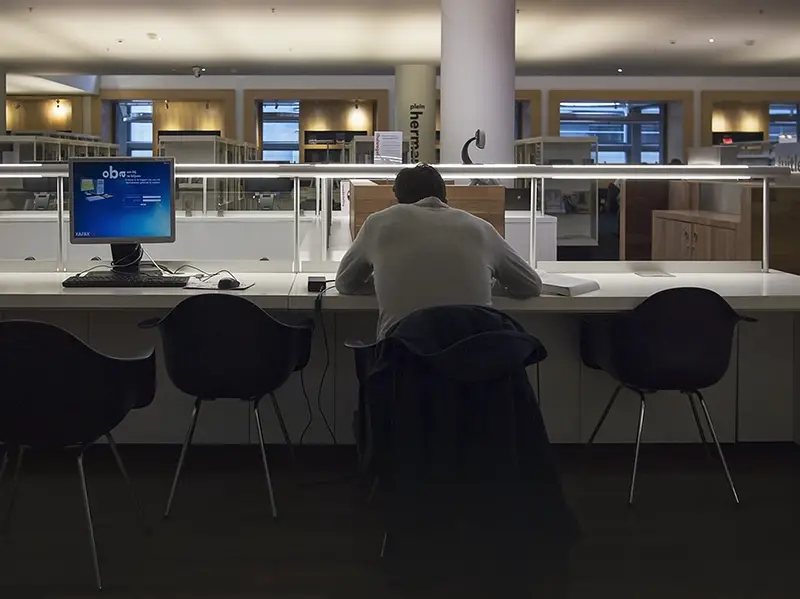Click here to get this post in PDF
Before the COVID-19 pandemic, co-working options for flexible and remote work were thriving. Many companies invested in open office spaces designed to promote collaboration, and co-working was a logical extension of this concept. Workplaces with flexible, available architectural plans and full-service office features were attractive to travelling workers and solo entrepreneurs alike.
Pandemic lockdowns beginning in March 2020 certainly took their toll on high-density community settings. According to Gallup, some co-working operators faced major financial hits, as the percentage of people working from home doubled in the first three weeks after social distancing policies began. While some co-working hubs closed their doors, at the same time, companies quickly enhanced networking tools that will allow us to work from anywhere. The technology models needed to support co-working models in the long term grew exponentially as businesses quickly adapted to employees working outside of the office.
You may be one of the workers who found that you prefer to work from home. The home office has advantages, but you may also be seeking community-based options as restrictions ease. Fortunately, co-working is here to stay.
Here are a few of the reasons you can expect to see co-working revitalise as the pandemic eases.
1. Remote Work Will Continue
Companies now see advantages in flexible options beyond the pandemic, including broadening their talent pools beyond geographic restraints and cutting down on real estate costs. Some large companies have implemented work-from-home policies that are indefinite or permanent. These companies saw that workers maintained and even increased their productivity with the flexibility to work outside the office. Lockdowns will ease, but the traditional office may not return in the same way.
As you adapted to working from home, you probably experienced some challenges to work-life balance. Having some balance between your work and personal life is essential. If you opt to continue remote work, a commute to a workplace where you feel comfortable, safe, and inspired may be vital to maintaining your productivity. A co-working space provides this flexibility along with all the tools necessary to stay connected with your workplace’s hub.
2. Flexibility Means Growth
While some co-working providers marketed their bustling sense of community before the pandemic, you are likely now seeking workspaces that are optimised for safety. Fortunately, the same open architecture that was previously popular has many options for flexibility. Many spaces adapt to provide working hubs rather than large, available plans and other solutions to “de-densify” workspaces.
Anticipate those co-working providers will begin to provide more private offices, more distanced seats, and longer-term contract durations. Revitalised competition to attract remote workers will result in high standards for innovative features.
3. Safety Matters
If you feel safe while working from home, you should expect that your workspace will be safe and hygienic as you return to any sort of office. Co-working operators are rising to the challenge of making tenants feel safe by adding technological features like automatic doors, smart lighting, and hands-free check-ins. Before the pandemic, office hygiene was something that happened behind the scenes, but now you should expect to see visible signs of hygienic safety throughout the workday in a co-working space, such as antiviral spraying, temperature scanning, and enhanced air filtration.
4. Community Counts
What initially drew workers to co-working was the sense of community. When your home kitchen may have served as your office for over a year, you may be craving the inspiration that more regular human interactions can provide. While spaces may not offer large-scale networking events for some time as we find our comfort level in the new standard, many areas are enhancing their online community options and celebrating and supporting their tenants in creative ways.
As spaces compete to attract remote workers who are branching out from their home offices, expect features to continue to be enhanced. Co-working will begin to thrive again as our local and global communities adapt to life after the pandemic.
You may also like: 4 Step Checklist To Choose A Coworking Space

